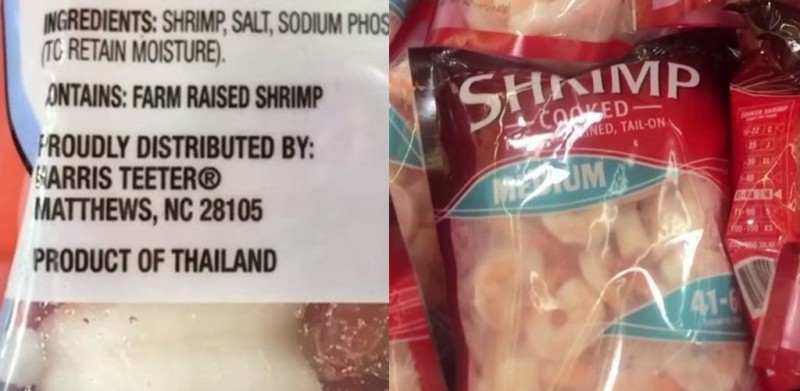Shrimp is loved by most. It is delicious in scampi, cocktails, and almost anything else one can think of, it is easily found at grocery stores, restaurants, and buffets. They even come on pizzas in South Korea. However, many people never stop to think where their shrimp comes from.
Modern day slavery. We have all heard about it, but when it is not being pushed in our faces, we forget about it. Sex slaves being sold by the millions on and off of American soil and child soldiers in Africa are known by many.
According to the U.S. State Department, 600,000 to 800,000 people are trafficked across international borders every year, of which 80% are female, and half are children. Between 14,500 and 17,500 people are trafficked into the U.S. each year and human trafficking is the third largest international crime industry (behind illegal drugs and arms trafficking). It reportedly generates a profit of $32 billion every year. Of that number, $15.5 billion is made in industrialized countries. (DoSomething.org)
Many people do not understand how slavery still exists in today’s age, but it does, and it is going strong. This is due in part to a person’s inability to see what is truly happening around them, indifference, or fear of stepping in.
People who have nothing to lose take jobs far away based on promises that they can send money back to their family. Then they are stuck overseas, without proper documentation, and forced to work endlessly for the rest of their lives.
Modern day slavery is a problem in most developed countries. Even the US and Great Britain.
One such industry that relies heavily on slave labor is the seafood industry in Thailand. Migrants who leave their home do to hardship, political, or religious reasons go to Thailand looking for a better life. What they end up with is the life of a slave forced to work until they die.
A young Rohingya migrant described how he was sold by traffickers from the jungle camps on to a boat carrying the Thai national flag in Songkhla, southern Thailand, before escaping at the end of last year.
“We were taken [from the camps] by boats and cars, we arrived in Songkhla and were put on to the fishing ship,” he says. “We were forced to work there. We had to work on the sea for about four years. During this time, the ship never came back to shore.” (The Guardian)
These slave laborers are not only put on ships. They are also set in the processing plants used to prepare shrimp for travel to the US. That is right. Much of the frozen shrimp one can buy in any grocery store comes from slave labor in Thailand.
WATCH THIS ABOUT THE SHRIMP YOU ARE EATING!
If human slavery is not enough, there is also the toll shrimp harvesting takes on the environment.


